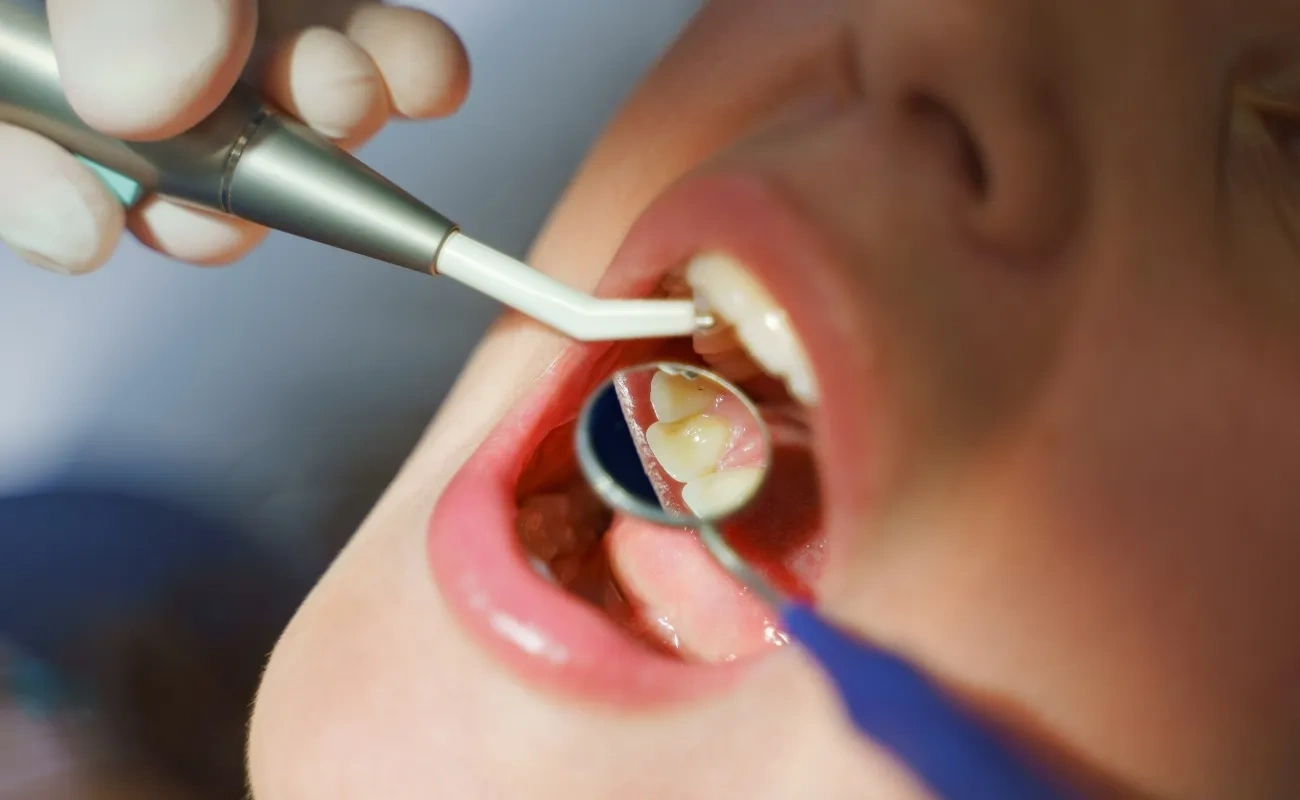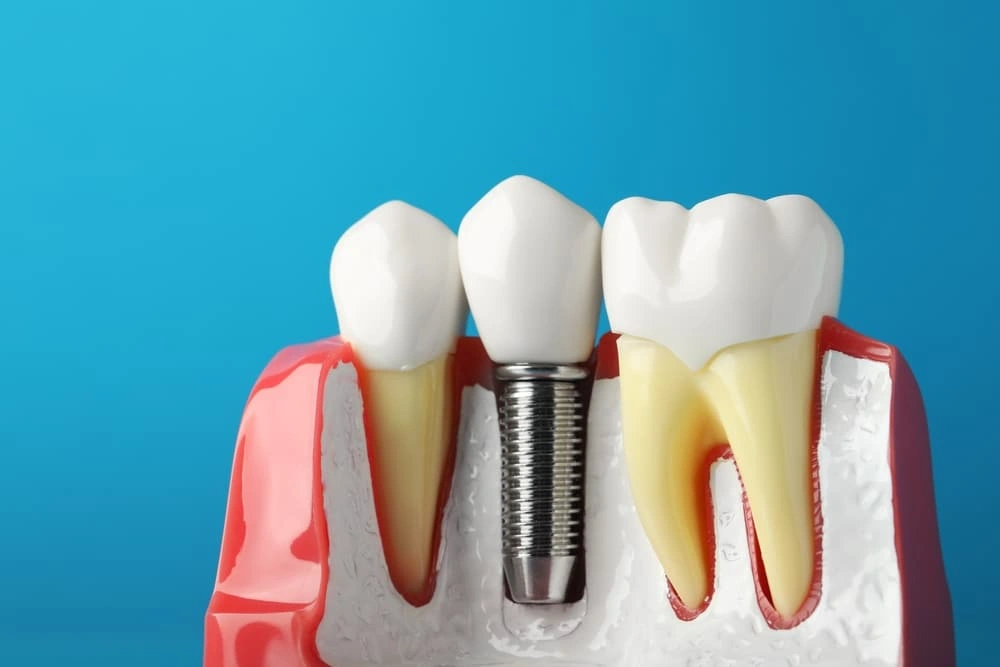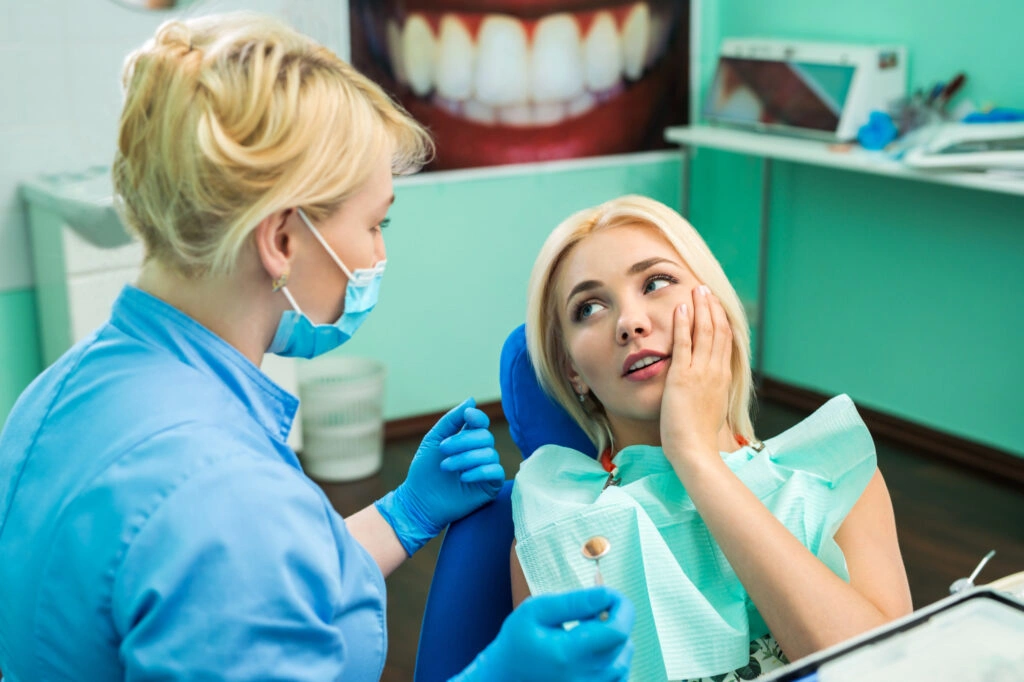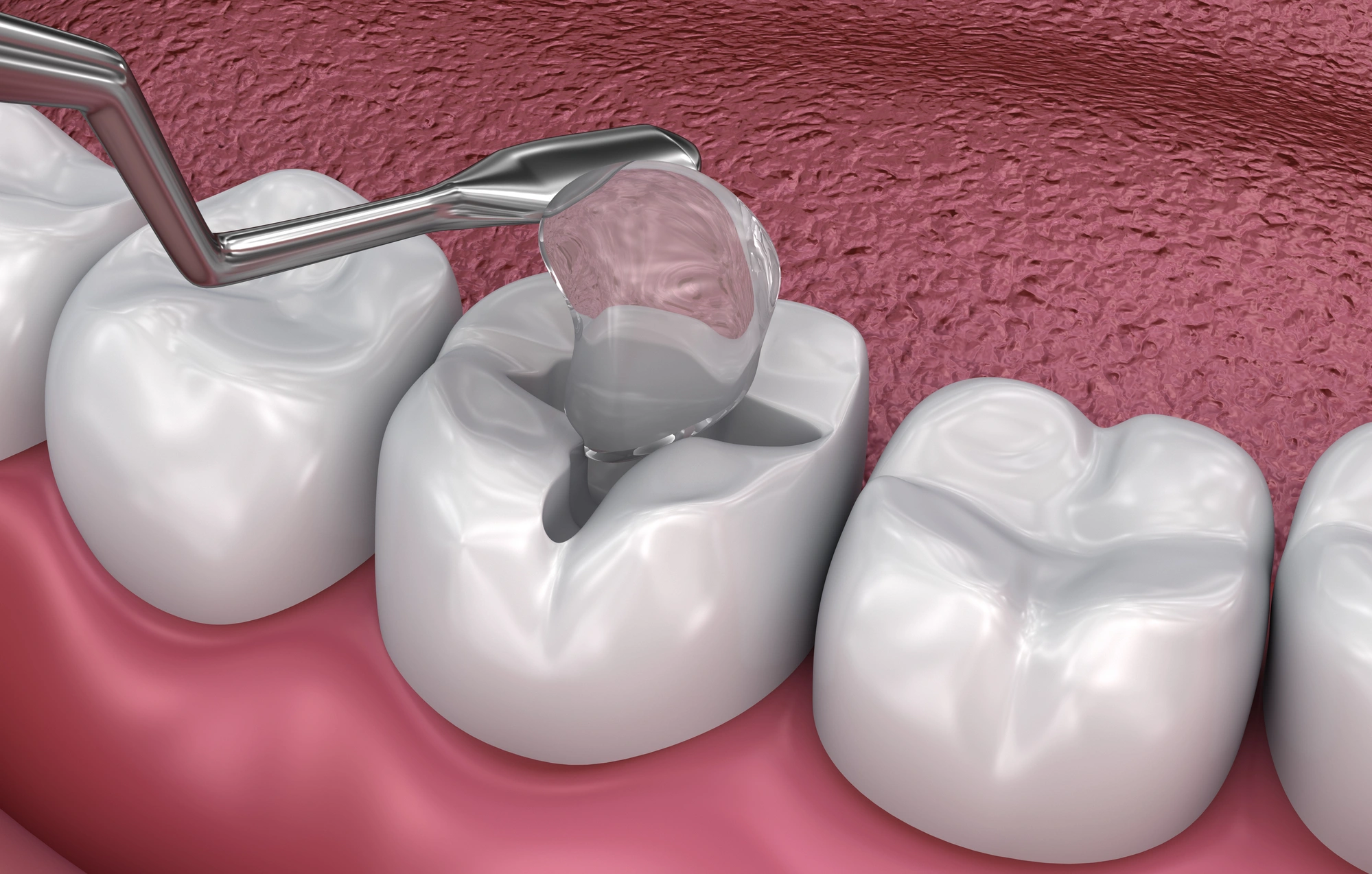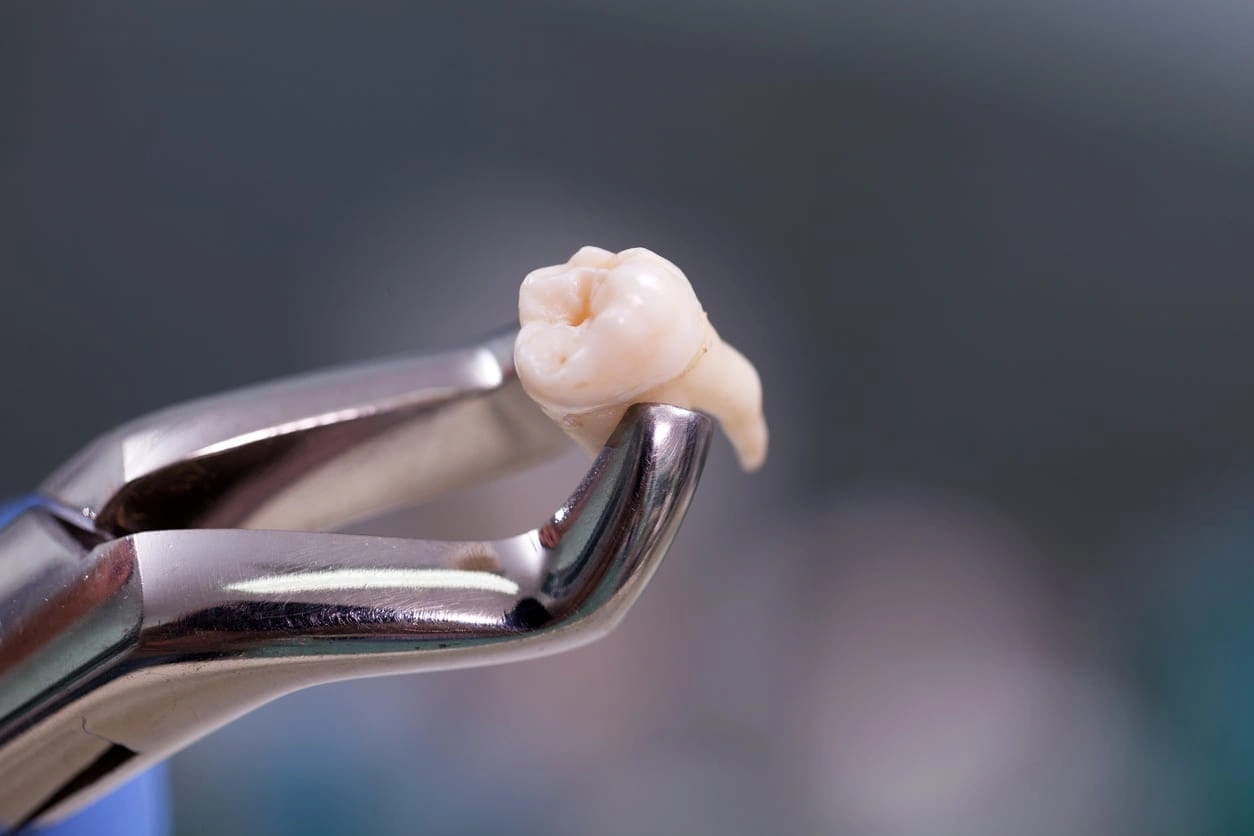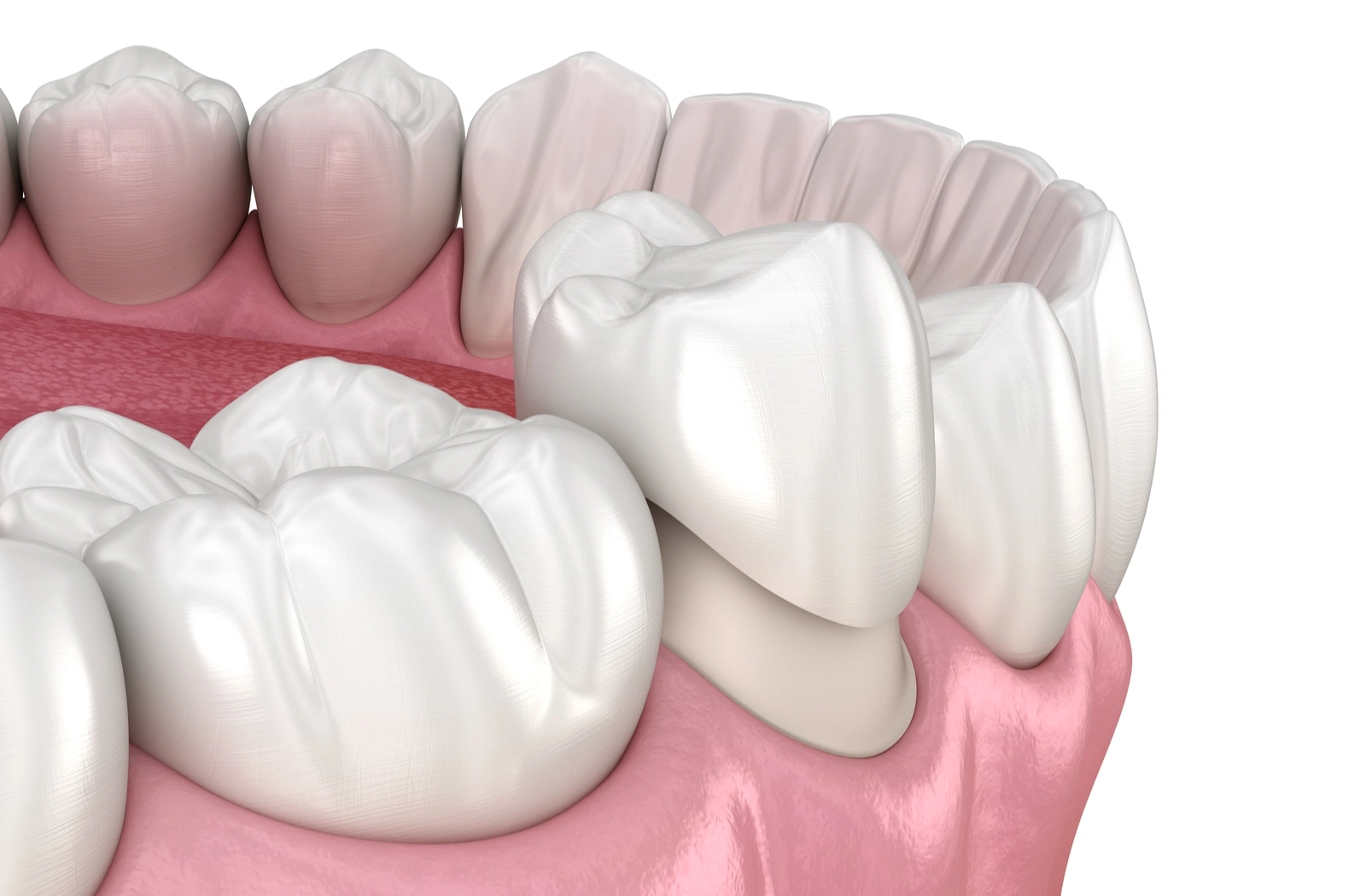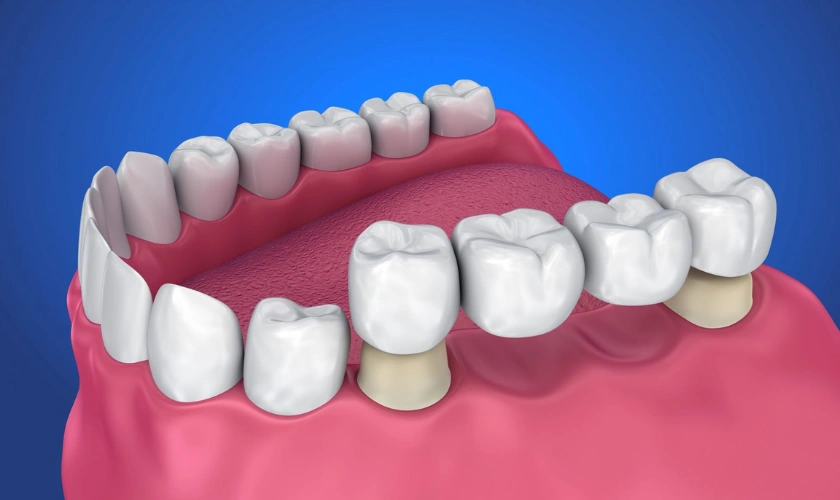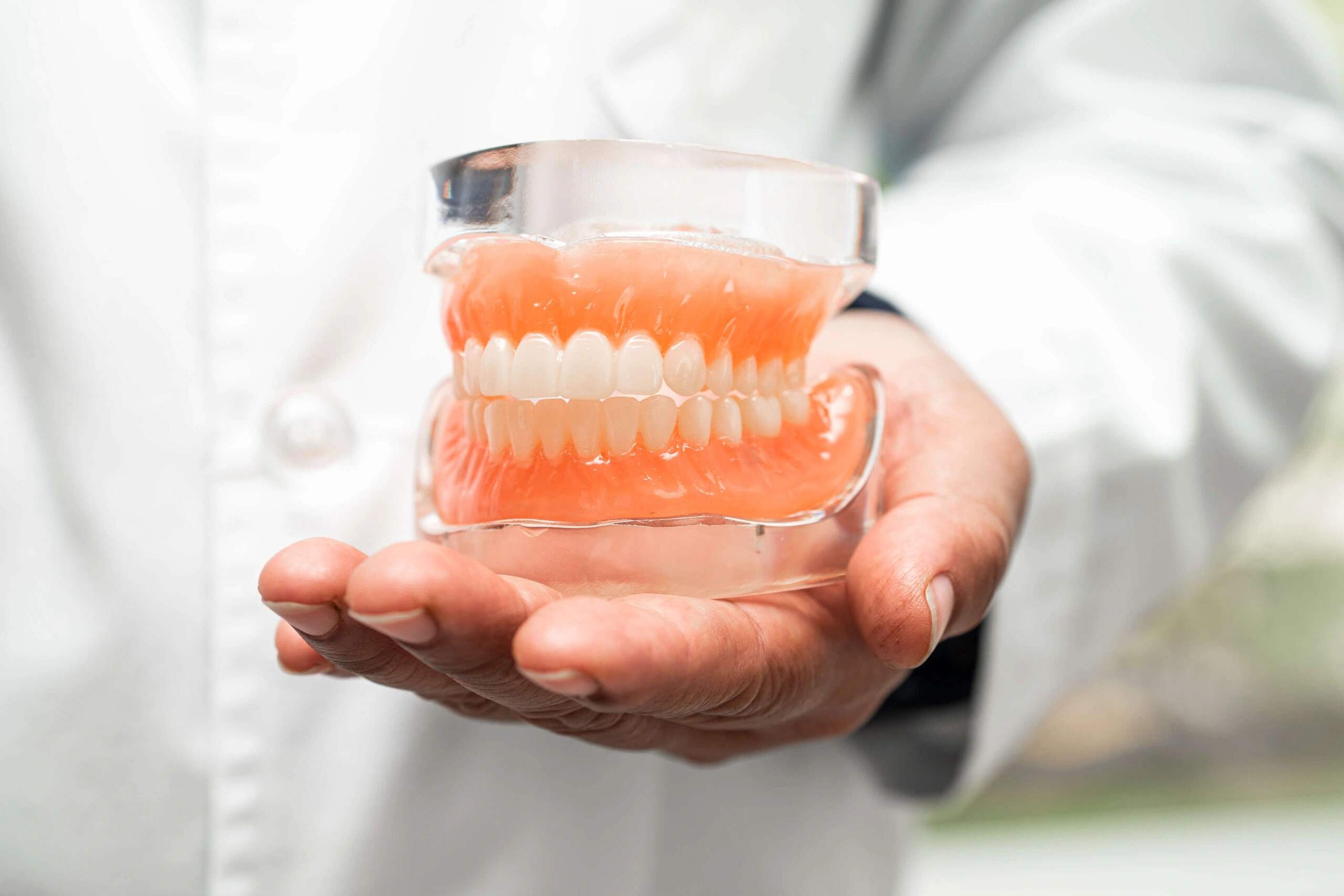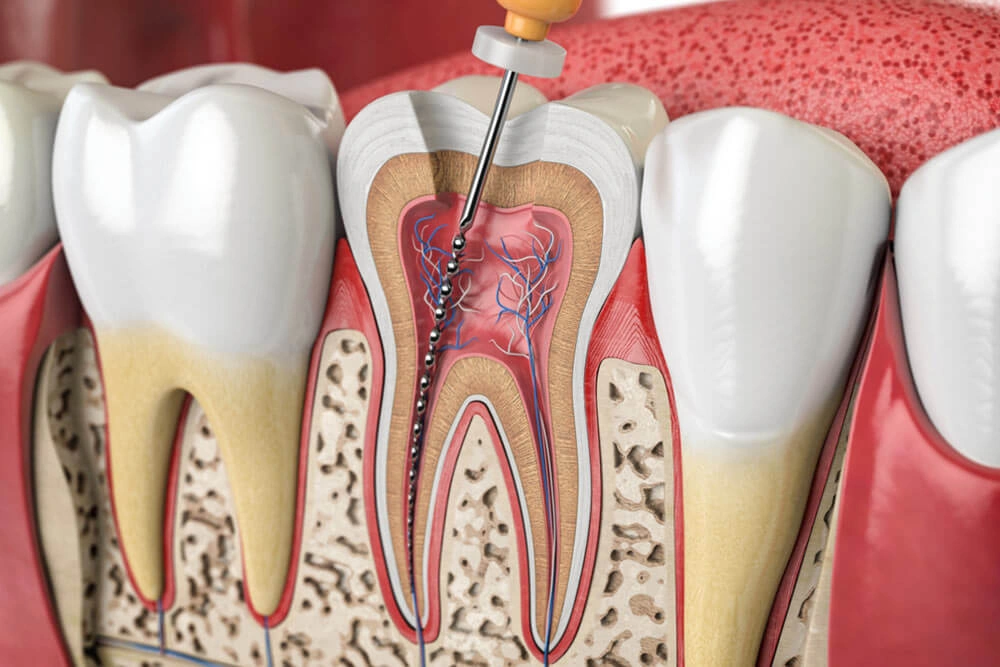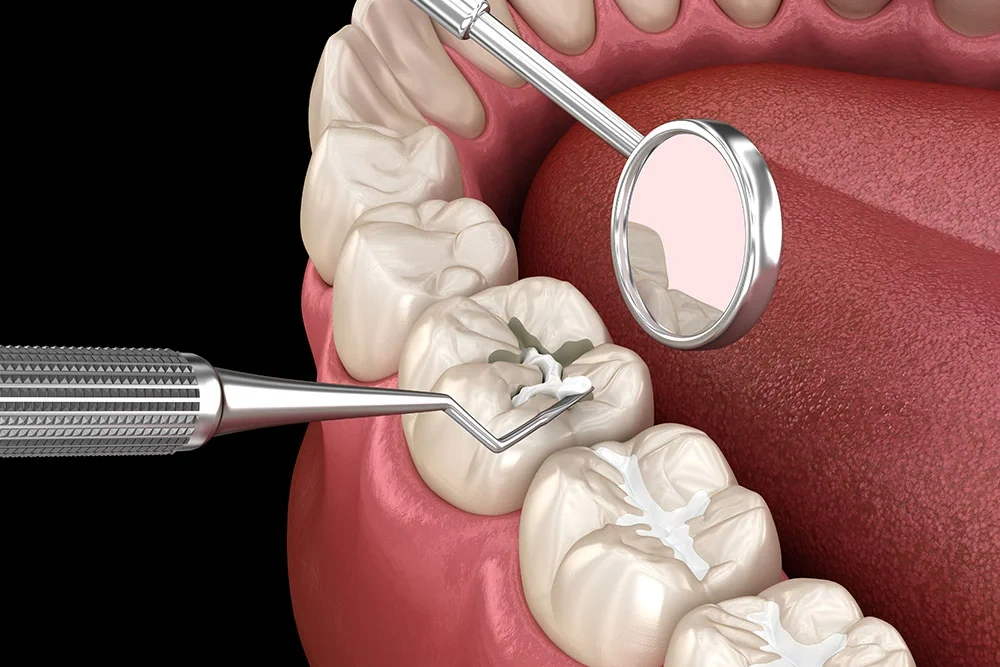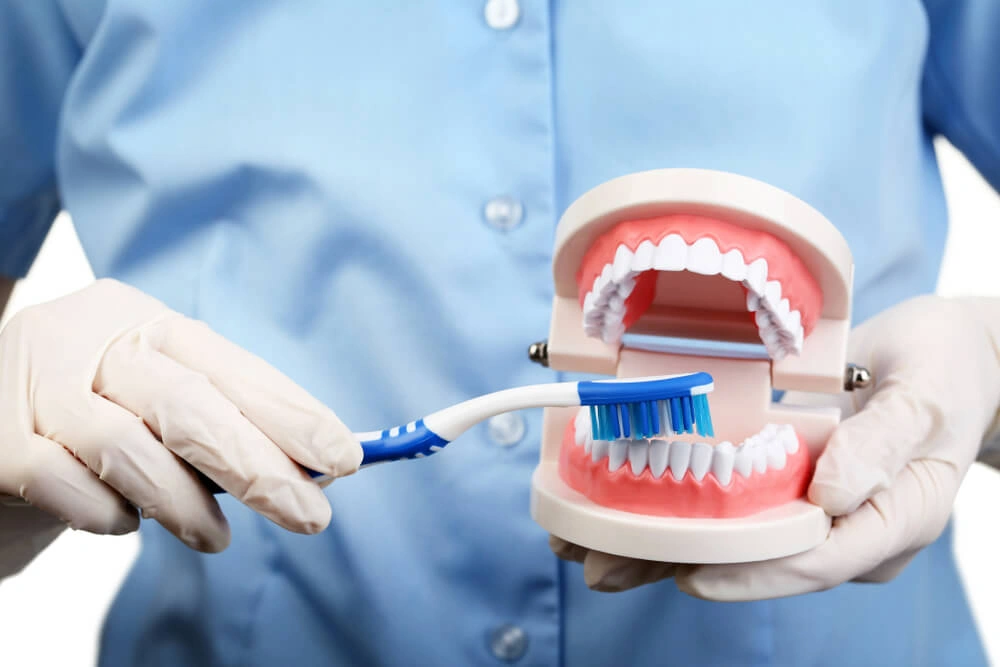
How to Store and Sanitize a Toothbrush for Maximum Hygiene
Mastering Dental Hygiene: A Comprehensive Guide on How to Store and Sanitize a Toothbrush Effectively
Maintaining impeccable dental hygiene extends far beyond merely brushing your teeth. An often-overlooked aspect of oral health is the proper storage and sanitization of your toothbrush. Ensuring your toothbrush is stored correctly and remains free of harmful bacteria is essential for preventing infections, reducing the risk of cavities, and promoting overall oral health. In this comprehensive guide, we will explore the intricate details of how to store and sanitize a toothbrush effectively, deconstruct common misconceptions, and provide actionable strategies for optimal oral hygiene practices.
The habits surrounding toothbrush storage and sanitization directly influence the cleanliness of your oral cavity. A toothbrush serves as a breeding ground for microbes, bacteria, and fungi if not properly maintained. Studies indicate that toothbrushes can harbor coliform bacteria, yeast, and in some cases, even pathogenic microorganisms like Streptococcus mutans, which can contribute to dental decay and gum disease.
Furthermore, improper storage can lead to bacterial cross-contamination, especially if toothbrushes are kept in close proximity to other oral hygiene tools or in humid environments that favor microbial growth. Regularly sanitizing your toothbrush and adopting proper storage practices can significantly mitigate these risks, enhancing the effectiveness of your oral hygiene regimen.
- Choose an Open, Upright Holder: Selecting a toothbrush holder that allows airflow helps in quick drying and minimizes bacterial contamination. Avoid enclosed cabinets that trap humidity, as moisture encourages microbial growth.
- Avoid Covering Your Toothbrush Completely: While it might seem hygienic, using closed cases or covers can trap dampness and foster bacterial proliferation. If you prefer using a cover, ensure it has vents for proper airflow.
- Keep Your Toothbrush Away from the Toilet: Store your toothbrush at a reasonable distance from the toilet bowl to prevent aerosol contamination. Consider closing the lid before flushing to reduce airborne bacteria settling on your toothbrush.
- Separate Toothbrushes for Different Family Members: To prevent cross-contamination, store each person's toothbrush separately and clearly labeled.
Sanitization methods vary in complexity and effectiveness. Implementing a regular cleaning routine ensures your toothbrush remains free from potentially harmful microbes.
- Swirling in Antibacterial Mouthwash: Soaking your toothbrush in an antibacterial mouthwash for 10 minutes can significantly reduce bacterial load.
- Ultraviolet (UV) Sanitizers: UV light devices designed for toothbrushes provide a chemical-free, efficient way to eliminate bacteria and viruses.
- Hydrogen Peroxide Rinse: Dipping your toothbrush in a diluted hydrogen peroxide solution (3%) for a few minutes can help disinfect the bristles.
- Boiling Water: Submerging your toothbrush in boiling water for approximately 3-5 minutes is an effective sterilization method, but avoid boiling for too long to prevent bristle damage.
- Vinegar Soak: An overnight soak in white vinegar can help dissolve mineral deposits and reduce microbial presence, though it may not eliminate all bacteria.
Absolutely. The American Dental Association recommends replacing your toothbrush at least every three to four months, or sooner if the bristles become frayed. Worn-out bristles are less effective in cleaning and can harbor bacteria. Additionally, replacing your toothbrush after an illness is advisable to prevent re-infection.
For children, maintaining proper toothbrush hygiene is particularly vital due to their developing immune systems. Using age-appropriate, soft-bristled brushes and ensuring they follow proper storage and cleaning routines protect their oral health. For those with sensitive gums, gentle yet effective cleaning and sterilization methods are essential. Learn more about pediatric dental care at South Surrey’s best pediatric dentist.
Environmental factors such as humidity, temperature, and proximity to bathroom fixtures impact both storage options and microbial growth. Humid environments promote bacterial growth; thus, keeping your toothbrush in a dry, well-ventilated place is paramount. Additionally, avoiding storage in shared spaces or overly enclosed cabinets reduces cross-contamination risks.
- Keeping toothbrushes in closed containers without proper ventilation.
- Sharing toothbrushes among family members.
- Using outdated or damaged brushes past their prime.
- Neglecting post-illness replacement of toothbrushes.
- Ever storing toothbrushes near toilet bowls without taking precautions.
For optimal oral health, it’s advisable to incorporate sanitization into your routine once a week. However, during or after illness, increasing the frequency—or replacing the toothbrush entirely—is a wise preventative measure. Consistency in cleaning extends the life of your toothbrush and ensures a hygienic brushing experience.
Maintaining good oral health also involves professional dental cleanings and advice. South Surrey Dental offers comprehensive teeth cleaning services suited to every age group, ensuring your entire family’s dental health stays on track. To learn more about available services, visit Teeth Cleaning Services in Elgin, BC.
Adopting a multi-faceted approach to maintaining your toothbrush, along with regular dental checkups, creates a foundation for excellent oral health. Remember to:
- Store your toothbrush in a dry, ventilated space.
- Sanitize regularly using proven methods.
- Replace your toothbrush at recommended intervals.
- Coordinate your oral health routine with professional dental care.
In conclusion, mastering how to store and sanitize a toothbrush effectively is an essential component of comprehensive dental hygiene. Proper storage prevents microbial contamination, while regular sanitization significantly reduces bacteria, leading to improved oral health outcomes. Implementing these practices, combined with routine dental visits, ensures your smile remains healthy, bright, and bacteria-free for years to come.
For personalized guidance and tailored dental hygiene strategies, consult your local dental professionals. South Surrey Dental offers expert advice and top-tier dental services designed to keep your oral health in optimal condition. Discover our range of services by visiting dental sealants and preventive care.
Allow your toothbrush to air dry completely, ideally for several hours, before storing it. Ensuring thorough drying inhibits bacterial growth and prolongs the lifespan of your brush.
While these solutions are effective for periodic sanitization, daily use might accelerate bristle wear or cause degradation. Incorporate these methods into your weekly routine for optimal results.
No. Sharing toothbrushes increases the risk of cross-contamination and transmission of oral bacteria or viruses. Always use individual brushes and store them separately.
Faded, frayed, or splayed bristles, any visible damage, or after recovering from an illness are indicators that it’s time for a new toothbrush.
While common, storing in a closed space like a bathroom cabinet can trap moisture and encourage bacteria growth. Opt for an open, dry, and ventilated area instead.



